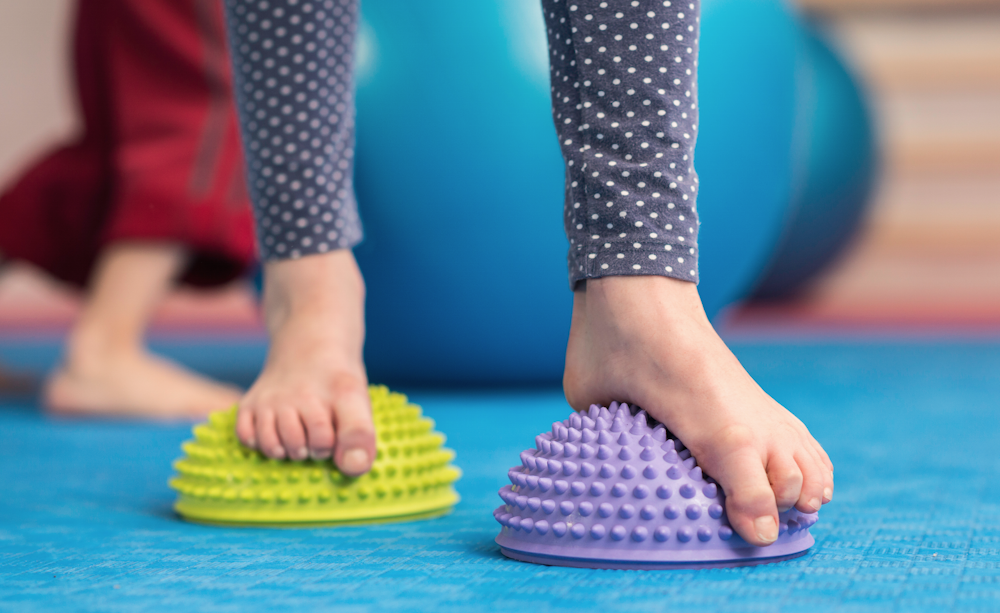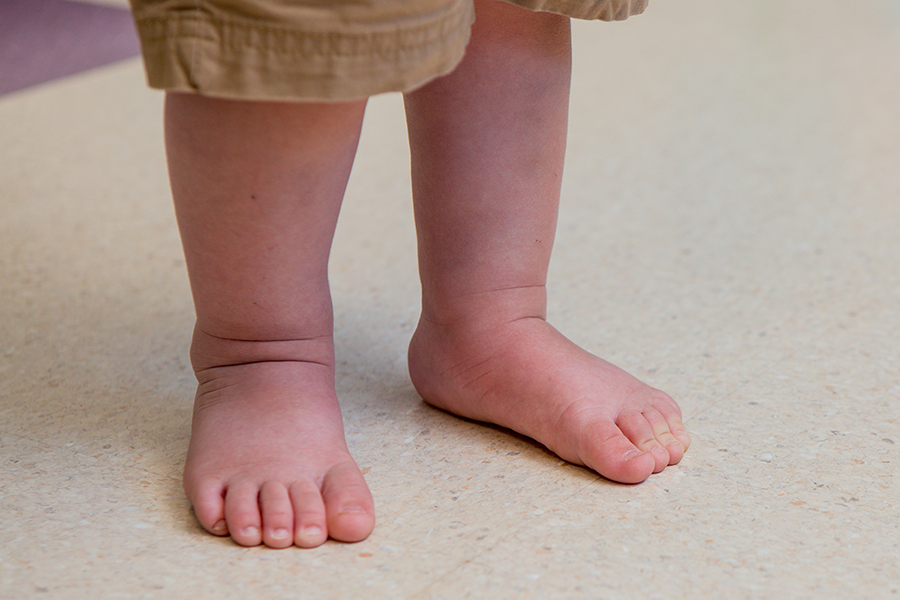Pain swelling and bruising along the outer foot edge after an injury are symptoms. Managing the Symptoms of MPNs.
:max_bytes(150000):strip_icc()/footpainfinal-01-d507e82b3e844d068c0089cbb7004d76.png) Foot Pain Causes Treatment And When To See A Doctor
Foot Pain Causes Treatment And When To See A Doctor
Injury to the nerves of the feet may result in intense burning pain numbness or.

Feet bone pain. Diagnosis may include a. In addition to bone pain the possible symptoms of bone cancer are. Injury overuse or conditions causing inflammation involving any of the bones ligaments or tendons in the foot can cause foot pain.
Fever and fatigue are less common symptoms of bone pain. Bunions and bone spurs. Consideration If you are susceptible to calcium deficiency your physician may suggest that you take calcium supplements or multivitamins that contain calcium available over-the-counter.
For many people joint pain gets better with rest and worsens with activity. If you have plantar fasciitis the tissue along the arch of your foot between your heel and your toes becomes inflamed. Stiffness and inflammation often accompany joint pain.
Pelvic bone pain is a common occurrence for many pregnant women. You can tell if you have a broken foot by medical examination that includes imaging studies. Less commonly a tumor may cause bone pain.
While bone pain is most likely due to decreased bone density or an injury to your bone it can also be a sign of a serious underlying medical condition. By Mayo Clinic Staff. Jones fracture broken foot A Jones Fracture is a fracture of a bone on the outside of the foot called the fifth metatarsal.
The most common types of musculoskeletal pain include. This can result in pain swelling and tenderness on the outside of the foot. This pain is sometimes referred to as pregnancy-related pelvic girdle pain PPGP.
Symptoms include pain in the pubic bone and. Here you can find out all about the different foot and ankle bones. A Jones fracture can be either a stress fracture a tiny hairline break that develops with time or a sudden break due to trauma.
Flat feet and excessive bone growth eg. This inflammation can cause sharp stabbing pains in your heel or in the bottom of your foot. Arthritis is a common cause of foot pain.
Injuries such as bone fractures or other musculoskeletal injuries cause bone pain. Studies on the symptoms of MPNs indicate that quality of life is significantly impacted for people with PV ET and MF. Pain in the foot can involve any part of the foot.
The most common problems affecting the foot and ankle bones are fractures breaks in the bone abnormal positioning eg. Abnormalities of the skin nerves bones blood vessels and soft tissues of the foot can result in foot painEvaluating the cause of foot pain can require an understanding of the anatomy and physiology of not only the foot but also the ankle lower extremity and lower spine. Because pain on top of the foot can be a sign of many different issues diagnosis usually involves a doctor taking a persons medical history as well as medical tests.
Burning and redness of the hands or feet. Because we expose our feet to potential injury in our daily lives. Signs and symptoms of a broken bone in the foot are pain swelling redness bruising and limping because the person is not able to walk on the affected foot.
The outer edge of your foot the fifth metatarsal bone is a commonly broken bone in the foot. Tiredness fatigue Night sweats. Certain therapies have been shown to help with symptoms.
One of the most common culprits of foot pain is plantar fasciitis. The muscle or bone pain associated with calcium overdose can be felt in any part of the body including the feet.


